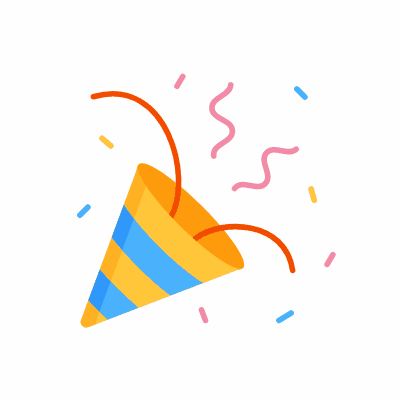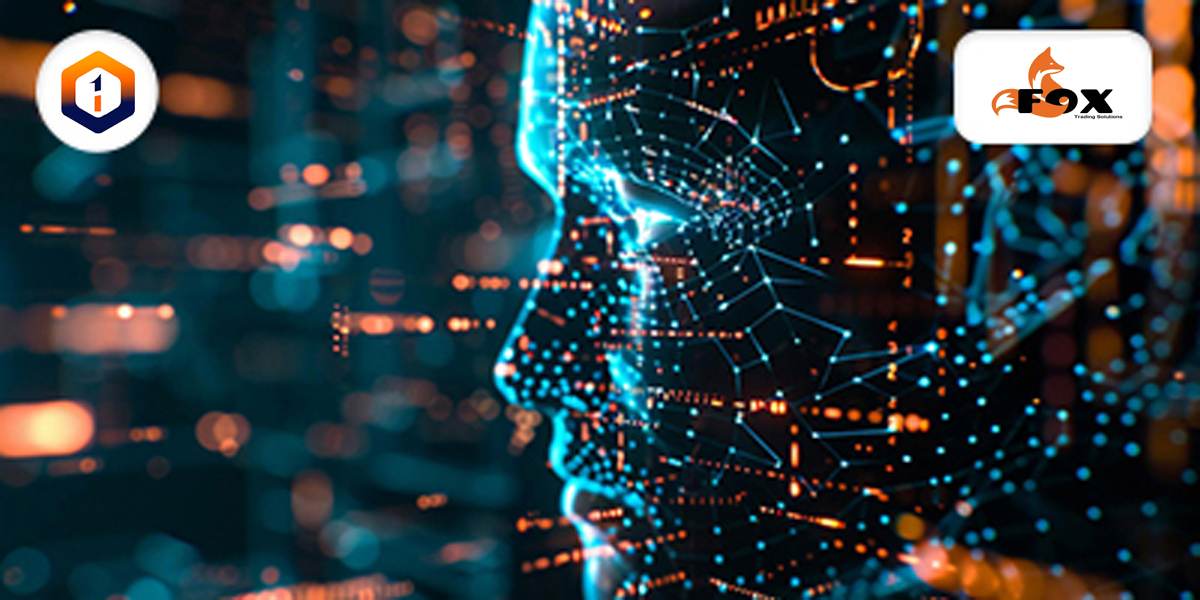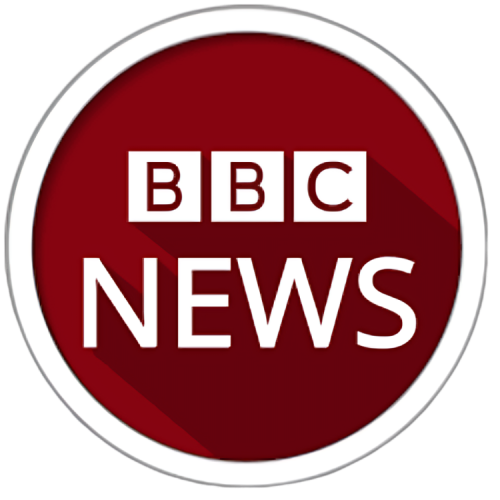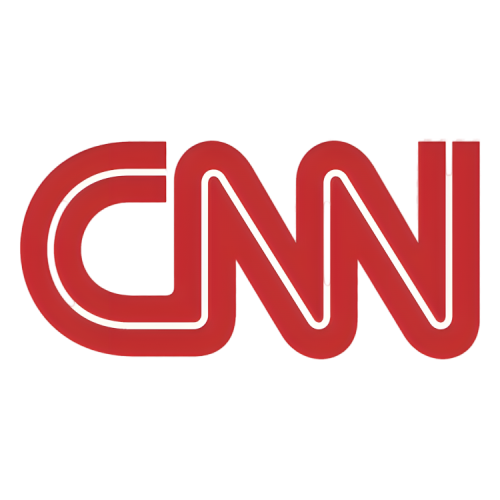Thermodynamics with MATLAB: Take your career to the next level with our advanced training program
1st Dec 2025
Batch Starts
4 Months
Duration
5 Seats Left
Seats Available
4.5 
Program Rating
Overview
Program highlight
Empower Your Career with Our Complete, Industry-Focused Program
Designed for college students, Professionals, and Innovators Across All Fields.
Master Industry-Standard Skills with Certified Programs by Wipro.
Earn certificates for your internship and program achievements.
Create a standout job-ready profile with an impressive project portfolio.
Here's Why You Need To Master This Program

50K +
Job Openings
$267 billion
Global Market Size
₹ 7.5 lakh
Average Annual Salary
- Overview of Thermodynamics
- Thermodynamics is the study of energy, heat, and work in systems.
- It examines how energy changes form and impacts matter.
- Key principles include energy conservation and entropy.
- Thermodynamic Systems
- A thermodynamic system is a defined region or quantity of matter under study.
- Systems are classified as open, closed, or isolated based on energy and matter exchange.
- Open systems exchange both energy and matter with their surroundings.
- Closed systems exchange only energy, while isolated systems exchange neither.
- Thermodynamic Equilibrium
- Thermodynamic equilibrium occurs when a system’s properties remain constant over time.
- There’s no net flow of energy or matter within the system or with its surroundings.
- It includes thermal, mechanical, and chemical equilibrium.
- At equilibrium, the system’s entropy is maximized.
- Properties of Systems
- Volume, Process
- Temperature, Pressure
- Internal Energy, Gibbs Free Energy
- Enthalpy, Entropy
- Energy, Work and Heat
- Introduction
- The first law of thermodynamics is the law of energy conservation.
- Energy cannot be created or destroyed, only transformed.
- The change in internal energy equals heat added minus work done by the system.
- It applies to all physical and chemical processes involving energy transfer.
- The First Law of Thermodynamics Applied to a Cycle
- In a thermodynamic cycle, the total change in internal energy is zero.
- The heat added to the system equals the work done by the system.
- The energy entering the system as heat is completely converted into work.
- The first law ensures energy conservation throughout the cyclic process.
- The First Law of Thermodynamics Applied to a Process
- In a thermodynamic process, the change in internal energy equals heat added minus work done.
- Heat added to the system increases internal energy or does work on the surroundings.
- The first law governs energy flow during processes like heating, compression, or expansion.
- Energy conservation is maintained as heat input and work output balance the energy changes.
- Enthalpy
- Enthalpy is the total heat content of a system, including internal energy and pressure-volume work.
- It is represented as H = U + PV, where U is internal energy, P is pressure, and V is volume.
- Enthalpy is useful for analyzing heat flow in processes occurring at constant pressure.
- Changes in enthalpy (ΔH) correspond to heat added or released in a system.
- Introduction
- The second law of thermodynamics states that entropy in an isolated system tends to increase.
- It implies that natural processes are irreversible and move toward disorder.
- Heat flows from hotter to colder bodies, not the other way around.
- This law sets limits on the efficiency of energy conversions.
- Heat Engines, Heat Pumps and Refrigerators
- Heat Engines
- Heat engines convert heat energy into mechanical work.
- They operate by transferring heat from a hot to a cold reservoir.
- The efficiency of a heat engine is limited by the second law of thermodynamics.
- Examples include steam engines and internal combustion engines.
- Heat Pumps
- Heat pumps transfer heat from a cold to a hot reservoir.
- They require external work to operate, usually in the form of electricity.
- Heat pumps are used for heating or cooling spaces.
- They operate on the reverse cycle of a heat engine.
- Refrigerators
- Refrigerators transfer heat from a cold space to a warmer one.
- They use work (usually electrical energy) to remove heat from inside.
- Refrigerators maintain a low temperature by removing heat.
- They operate based on the refrigeration cycle.
- Heat Engines
- Statements of the Second Law of Thermodynamics
- Clausius Statement
- Kelvin-Planck Statement
- Entropy Increase
- Reversible Processes
- The Carnot Engine
- Idealized Heat Engine
- Two Heat Reservoirs
- Reversible Process
- Efficiency Formula
- Carnot Efficiency
- Maximum efficiency
- Temperature-based
- Formula
- Idealized Limit
- Introduction
- Entropy is a measure of disorder or randomness in a system.
- The second law of thermodynamics states that entropy tends to increase in isolated systems.
- Higher entropy indicates greater energy dispersal and less available energy for work.
- Entropy helps explain the direction and spontaneity of processes.
- Entropy for an Ideal Gas with Constant Specific Heats
- Entropy change depends on temperature and volume changes.
- For ideal gases, entropy increases with increasing temperature or volume.
- Constant specific heats simplify entropy calculations.
- Entropy change formula: ΔS = Cv ln(T2/T1) + R ln(V2/V1).
- Entropy for an Ideal Gas with Variable Specific Heats
- Entropy change depends on temperature, volume, and specific heat variation.
- Variable specific heats require integration for accurate entropy calculations.
- Entropy increases with rising temperature or expanding volume.
- Exact formula involves specific heat as a function of temperature.
- Entropy for Substances Such as Steam Solids and Liquids
- Entropy changes in steam, solids, and liquids depend on temperature and phase.
- For liquids and solids, entropy change is calculated with specific heat and temperature.
- Phase changes, like boiling, cause large entropy increases.
- Steam's entropy changes with both temperature and pressure adjustments.
- Rankine Cycle
- Thermodynamic Cycle
- Four main processes
- Working Fluid
- Efficiency
- Carnot Cycle
- Idealized Reversible Cycle
- Four stages
- No entropy change
- Maximum efficiency
- Regenerative Cycle
- Enhanced Efficiency
- Heat Recovery
- Common in Rankine Cycles
- Improved Performance
- Overview of MATLAB
- MATLAB is used to model and analyze thermodynamic systems.
- It performs calculations for properties like pressure, temperature, and entropy.
- MATLAB can simulate processes and cycles, such as heat engines and refrigerators.
- It provides visualization tools for plotting thermodynamic data and cycles.
- MATLAB Commands
- clc clears the command window
- clear removes variables from the workspace
- plot() creates 2D plots
- fsolve() solves nonlinear equations
- disp() displays text or variables
- input() prompts for user input
- subplot() creates multiple plots in a single window
- matrix_name = zeros(m,n) initializes a matrix of zeros
- MATLAB scripts for thermodynamic problems
- MATLAB scripts automate calculations for thermodynamic processes.
- They solve equations for properties like pressure, volume, and temperature.
- Scripts can simulate cycles like Carnot or Rankine.
- They allow for plotting and visualizing thermodynamic data.
- Scripts can handle unit conversions and property lookups.
- MATLAB functions can be created for reusable thermodynamic calculations.
- Simulink
- Overview: Simulink is a graphical modeling and simulation environment for dynamic systems, widely used for designing, analyzing, and testing multi-domain systems in engineering fields.
- Block diagram-based: It uses block diagrams to represent and simulate systems, allowing users to visually model complex systems with a wide range of predefined blocks for different functionalities.
- Integration with MATLAB: Simulink integrates seamlessly with MATLAB, providing powerful tools for data analysis, scripting, and algorithm development within the simulation environment.
- Support for multiple domains: It supports simulations for systems involving mechanical, electrical, hydraulic, and thermal domains, making it versatile for various applications like control systems and signal processing.
- Real-time simulation: Simulink allows for real-time simulation and testing, enabling users to verify system performance before hardware implementation, which is essential for embedded systems and automotive applications.
- Toolboxes and add-ons: Simulink offers a variety of specialized toolboxes, including control design, aerospace, automotive, and communications, to expand its functionality for specific applications.
Heat transfer in Quasi Static process from Internal Energy Relation
Formulate and apply the first law of thermodynamics to analyze the relationships between heat transfer, work done, and changes in internal energy.
Heat transfer (δQ) is the sum of the change in internal energy (dU) and the work done by or on the system (δW).
Compare and contrast heat transfer and work in different types of quasi-static processes, highlighting the implications for system behavior.
Analyze how quasi-static processes contribute to the efficiency and performance of thermodynamic cycles (e.g., Carnot cycle).
Efficiency of Carnot Engine
Explain the four stages of the Carnot cycle (isothermal expansion, adiabatic expansion, isothermal compression, and adiabatic compression) and their significance in thermodynamic process
Analyze the role of heat transfer methods and their effects on the performance and efficiency of real engines versus the ideal Carnot engine.
The efficiency of a Carnot engine is determined by the ratio of the work output to the heat input, and it depends on the temperatures of the hot and cold reservoirs.
Use diagrams and simulations to visualize the Carnot cycle, aiding in the understanding of energy transformations and efficiency calculations.
Ideal Gas Law Simulation using matlab
The Ideal Gas Law simulation in MATLAB models the relationship between pressure, volume, and temperature using the equation PV=nRT.
MATLAB is used to visualize how changes in one variable (e.g., temperature) affect the others in a closed system.
The simulation allows users to input values for the number of moles (n) and the gas constant (R), then adjust pressure, volume, or temperature interactively.
Graphs can be plotted to show real-time changes in state variables, illustrating the behavior of an ideal gas.
This simulation aids in understanding thermodynamic principles, providing an interactive way to study gas laws.
Development of Matlab code for Steam Power
The MATLAB code development for a steam power cycle models thermodynamic processes, such as isentropic expansion and heat addition.
It calculates key parameters like pressure, temperature, and enthalpy at various stages of the cycle, based on steam tables.
The code includes functions to analyze efficiency, work output, and heat transfer in each part of the steam cycle (boiler, turbine, condenser, and pump).
Analyze the performance of the steam power cycle by calculating key parameters such as thermal efficiency, work output, and heat input.
Plots and diagrams are generated to visualize the cycle, such as T-S (temperature-entropy) and P-V (pressure-volume) diagrams.
This code helps in understanding steam power cycles and optimizing performance by simulating real-world power plant conditions.
Get Certified, Get Ahead! Your success starts here!


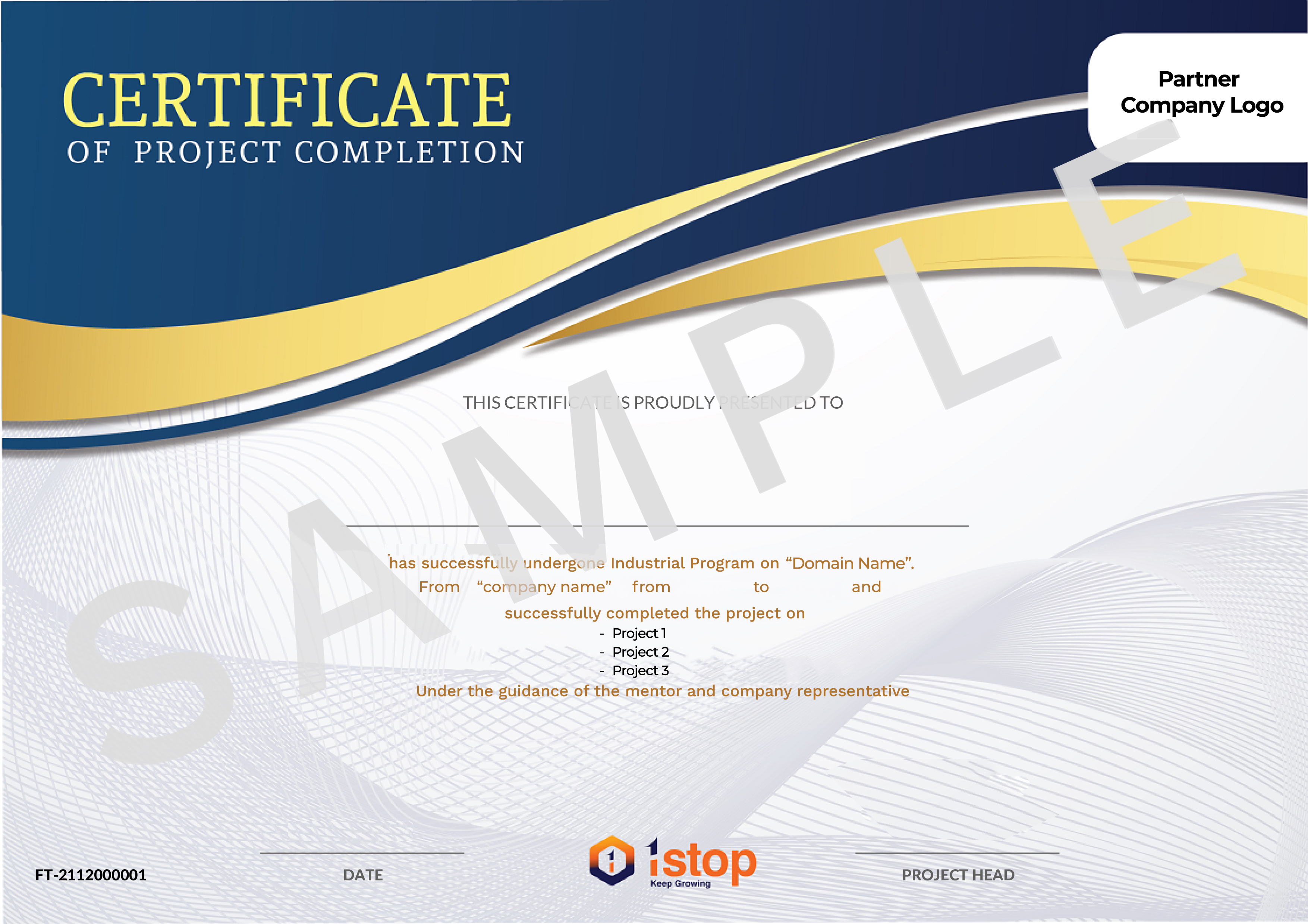

Meet your mentors!
Our expert instructors guide you through the fundamentals in an engaging and supportive learning environment.
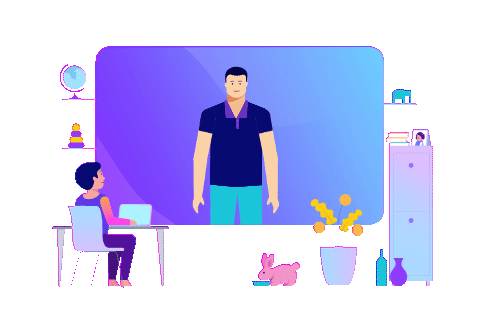
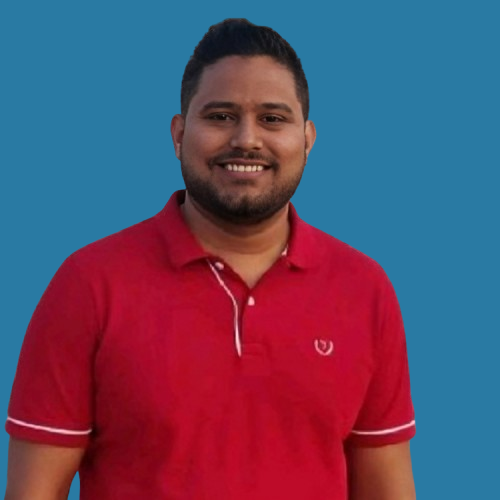

4+ years mentoring experience
Sankal Tomar
Sr. Data and Applied Scientist
Senior Data Scientist | Senior System Engineer at Infosys


3+ years mentoring experience
Gaurav Kumar Verma
AI Consultant @Google
Software Architect | Data Scientist | Associate Engineer


5+ years mentoring experience
Rajendra Mehta
Head of Analytics
Head of Analytics | Chief Data Scientist at LTIMindtree


2+ years mentoring experience
Sathya Prakash Soma
Senior Technical Trainer
Senior Technical Trainer | Senior Java Consultant


4+ years mentoring experience
Sahil Handoo
AI Engineer @Google
AI Engineer | Data Engineer at Yara International


6+ years mentoring experience
Suddhasatwa Bhaumik
Strategic Cloud Engineer
Google Cloud Consulting | Senior Manager Data Products at VOIS


4+ years mentoring experience
Swati Thakur
Cloud Consultant @Google
Cloud Consultant|Senior Data Analyst


3+ years mentoring experience
Aishwarya K
Cyber Security:Manager Program Delivery
Cyber Security Mentor | Analyst | Cyber Security Trainer


3+ years mentoring experience
Akash Nagineni
Software Developer
Frontend Trainer|Building Dynamic Web App


4+ years mentoring experience
Megha Singh
Senior Web Developer
Head of Technical | 10+ Highly Scaled Applications Developed


6+ years mentoring experience
Sudhakar G
Principal Architect
Technical Lead | Sr. Delivery Manager


10+ years mentoring experience
Raj Ranjan
Sr. Software Developer @Amazon
Software Dev Engineer|Back-end Developer


4+ years mentoring experience
Jacob Dennis P
Senior Software Engineer
Web Technologies | Database Technologies | Frameworks | Architecture and Server Management, AWS, Google.
Alumni’s Testimonies

See what 1Stop Learners have achieved.
Collaborating with 50+ top-tier universities and educational institutions



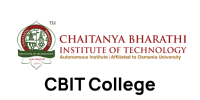



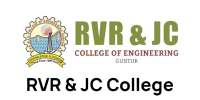
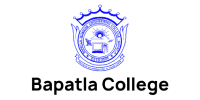
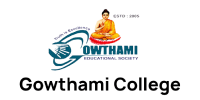
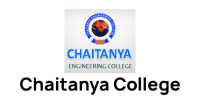
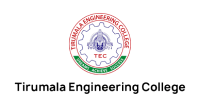
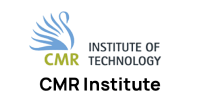
Enroll Now and Become One of 50,000+ Happy Learners!

- Program Duration : 4 months
- 30 Hours of Content
- 3 Major Projects
- 1 year Access for Dashboard and Content
- Project Completion Certificate
- Internship Offer Letter
- Internship Completion Certificate
- Program Duration : 4 months
- 40+ Hours of Content
- 5 Projects
- Live Sessions During Project Execution & Training
- Life time access for content and Customised Dashboard
- Project Completion Certificate from Partnered Companies
- Internship Offer Letter
- Internship Completion Certificate
- Customised Resume Builder
- Program Duration : 2 months
- 30+ Hours of Content
- 3 Major Projects
- 1 year Access for Dashboard and Content
- Project Completion Certificate
- Internship Offer Letter
- Internship Completion Certificate
FAQs

General
Internship
Programs perfectly matched for you

If you haven’t heard, 1Stop is making major headlines!

